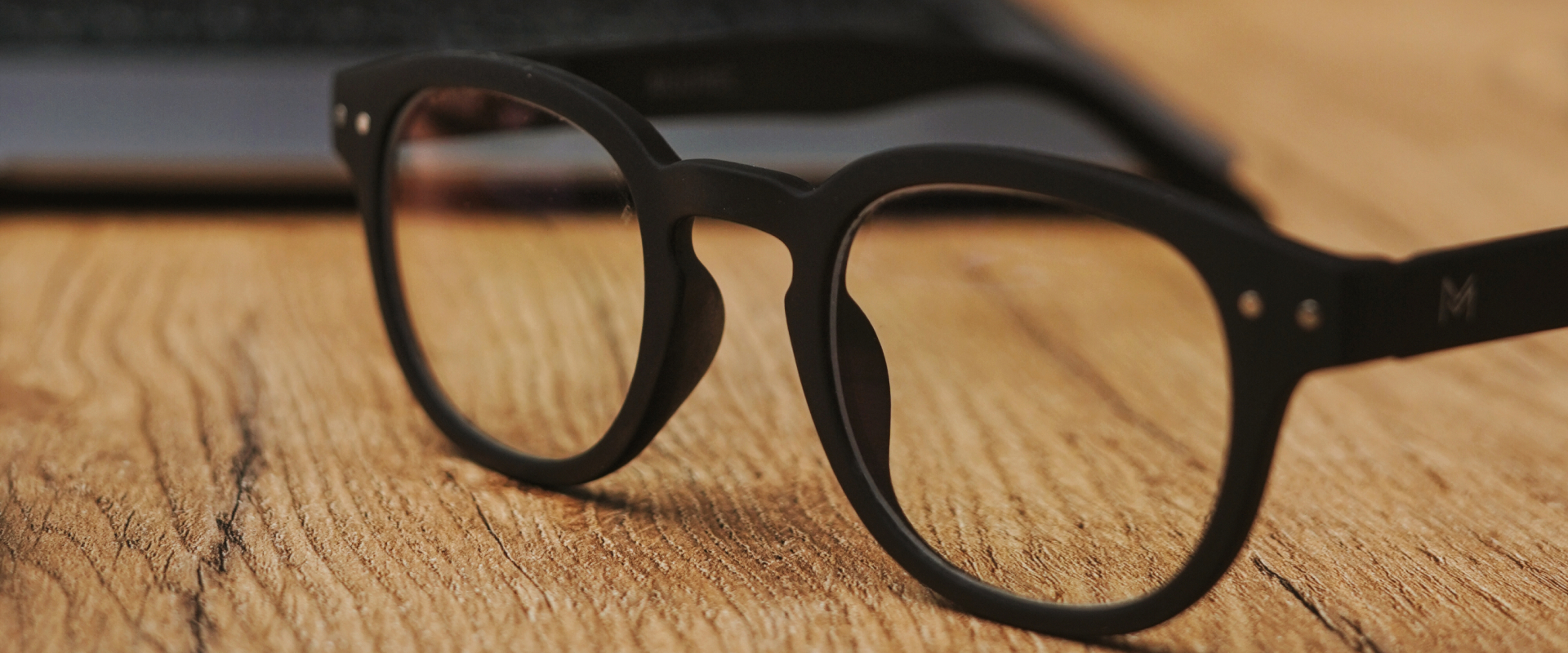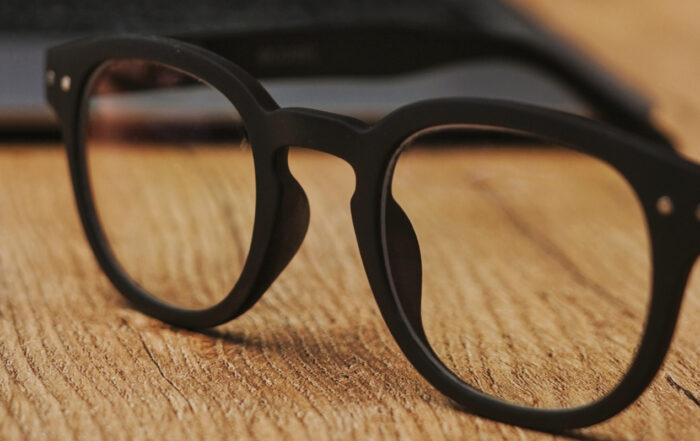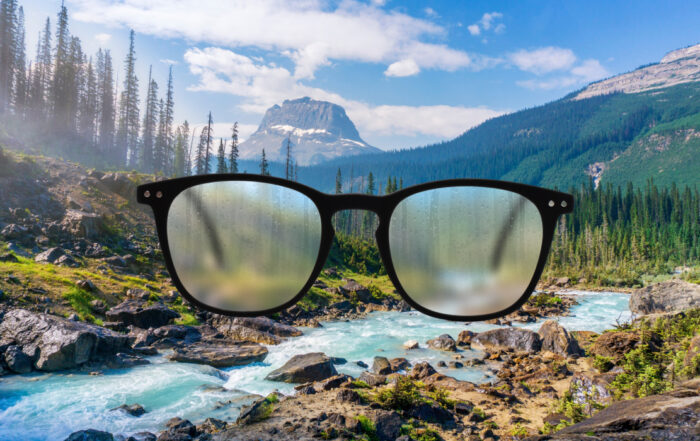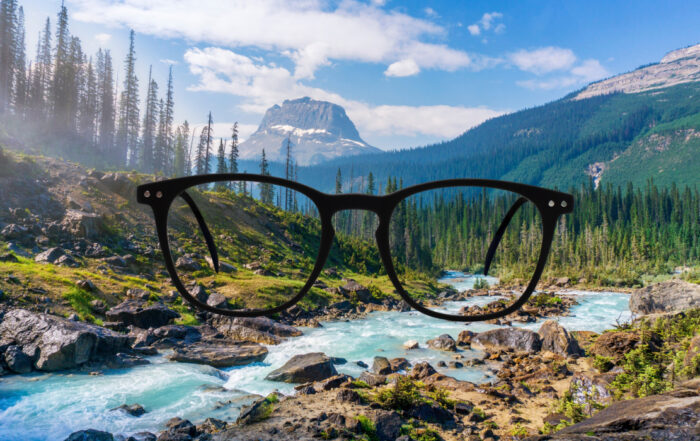
5 Key Tips for Eyeglass Lens Selection: Choosing the Right Materials
Regarding eyeglasses, one of the most crucial decisions you’ll make is selecting the right lenses. Your choice of lenses can significantly impact your vision clarity, comfort, and overall eyewear experience. In this comprehensive guide, we’ll take you through the essential factors to consider when choosing eyeglass lenses, with a particular focus on lens materials.
The Significance of Lens Materials
Lens materials play a pivotal role in determining the performance and functionality of your eyeglasses. Gone are the days of one-size-fits-all lenses. Today, you have a wide range of materials, each with unique characteristics and benefits. Selecting a suitable lens material can enhance your vision, ensure durability, and even contribute to the aesthetics of your eyewear.
In the following sections, we’ll delve into the world of eyeglass lens materials, exploring the various choices at your disposal and aiding you in making a well-informed decision. Whether you’re a seasoned eyeglass wearer or new to the world of corrective lenses, understanding these materials is the first step towards enjoying clear and comfortable vision.
Factors to Consider When Choosing Lens Materials
Choosing the suitable lens material for your eyeglasses involves considering several crucial factors. These factors can significantly impact your visual comfort, lifestyle, and eyewear experience. Let’s explore these key considerations in detail:
1. Prescription Strength
The first and foremost factor to consider is your prescription strength. Your eyeglass lenses must correct your vision effectively. For individuals with stronger prescriptions, high-index materials may be recommended. These materials are thinner and lighter, reducing the thickness of the lenses and the weight of your glasses. This not only improves aesthetics but also ensures greater comfort during prolonged wear.
2. Lifestyle and Activities
Your lifestyle and daily activities are vital in selecting the suitable lens material. Consider the following:
- Outdoor Enthusiasts: If you spend a significant amount of time outdoors, especially in bright sunlight, you may want lenses with built-in UV protection. Additionally, materials that offer impact resistance can benefit sports and outdoor adventures.
- Digital Device Users: Blue light protection is essential if you work on computers or use digital devices extensively. Some lens materials come with blue light-blocking coatings that reduce eye strain caused by prolonged screen time.
3. Durability and Longevity
Durability is another critical aspect to consider. Eyeglasses are an investment, and you want them to last. Some lens materials are more scratch-resistant than others, ensuring your lenses stay clear and sharp even with regular use. Additionally, certain materials are less prone to breakage, making them suitable for active lifestyles.
4. Aesthetics and Thinness
While functionality is crucial, aesthetics also matter. Thinner and lighter lenses can improve the appearance of your eyeglasses. High-index materials are known for their ability to create thinner lenses, which can be particularly advantageous for individuals with strong prescriptions.
Understanding these factors and how they relate to your needs is essential when choosing the suitable lens material for your eyeglasses. Let’s dive deeper into the various lens materials and explore their unique characteristics.
Types of Lens Materials – Exploring Eyeglass Lens Options
Eyeglass lens materials have come a long way, offering various options to cater to diverse needs. Here, we’ll delve into some of the most common types of lens materials, discussing their advantages and limitations:
1. Polycarbonate
Pros:
- Impact-resistant, making them suitable for active individuals.
- Lightweight and thin, enhancing comfort.
- Natural UV protection.
Cons:
- It may not be as thin as high-index materials for strong prescriptions.
- It can scratch more quickly than some other materials.
2. High-Index
Pros:
- Thinner and lighter, reducing lens thickness and weight.
- Ideal for strong prescriptions.
- Improved aesthetics.
Cons:
- It may be more expensive than other materials.
- Slight chromatic aberration in high-index materials with very high refractive indices.
3. Trivex
Pros:
- Lightweight and impact-resistant.
- Clear and crisp optics.
- Excellent for sports and outdoor activities.
Cons:
- Limited availability of lens coatings compared to other materials.
- Slightly thicker than high-index lenses.
4. CR-39 (Regular Plastic)
Pros:
- Affordable option.
- Good optical quality.
- Lightweight.
Cons:
- Thicker and heavier than high-index lenses.
- More prone to scratching.
5. Photochromic
Pros:
- Lenses darken in response to UV light.
- Eliminate the need for separate prescription sunglasses.
- Available in various materials.
Cons:
- It may not darken as effectively behind a car windshield.
- The transition time between light and dark states.
Matching Lens Materials to Your Needs
Selecting the perfect lens material for your eyeglasses involves aligning your unique needs and preferences with the characteristics of the available materials. Let’s explore some common scenarios to help you make an informed decision:
Scenario 1: Strong Prescription
Solution: High-Index Lenses
For individuals with significant prescriptions, high-index lenses provide an excellent choice. Their thin and lightweight design not only enhances comfort but also reduces the thickness of your lenses. This results in more attractive eyeglasses without the bulk.
Scenario 2: Active Lifestyle
Solution: Polycarbonate or Trivex Lenses
For individuals who maintain an active lifestyle, durability becomes a critical factor. Polycarbonate and Trivex lenses offer impact resistance, making them ideal for sports and outdoor activities. They can withstand accidental drops and impacts while providing clear vision.
Scenario 3: Prolonged Screen Time
Solution: Blue Light-Blocking Coatings
If you spend hours in front of digital screens, consider lenses with blue light-blocking coatings. These coatings reduce the exposure to harmful blue light emitted by screens, reducing eye strain and improving overall visual comfort.
Scenario 4: Outdoor Enthusiast
Solution: UV-Protective Coatings
If you love the outdoors and sun exposure is a concern, opt for lenses with built-in UV protection. These coatings shield your eyes from harmful UV rays, reducing the risk of eye-related issues caused by sun exposure.
Lens Coatings and Enhancements
Beyond the lens material, various coatings and enhancements can further enhance your eyeglasses’ performance. Let’s explore some of these valuable additions:
1. Anti-Reflective Coatings
Anti-reflective (AR) coatings minimize glare and reflections on the lens surface. They improve visual clarity, reduce eye strain, and make your eyeglasses appear nearly invisible. AR coatings are especially beneficial for night driving and computer use.
2. UV Protection
UV protection coatings block harmful ultraviolet rays from reaching your eyes. Prolonged UV exposure can lead to eye conditions, making UV protection crucial, especially for outdoor activities.
3. Scratch-Resistant Coatings
Scratch-resistant coatings increase the durability of your lenses by making them less prone to scratches. This ensures your eyeglasses remain clear and sharp even with regular use.
4. Photochromic Lenses
Photochromic lenses adapt their tint automatically according to changing light conditions, providing convenience and eye protection against UV exposure. They darken in bright sunlight and become clear indoors. These lenses eliminate the need for separate prescription sunglasses.
Caring for Different Lens Materials
Proper lens care is essential for maintaining the longevity and clarity of your eyeglasses. Here are some maintenance tips tailored to various lens materials:
1. High-Index Lenses
- Clean with a lens cleaning solution and a microfiber cloth.
- Store in a protective case when not in use.
- Avoid exposure to extreme temperatures.
2. Polycarbonate and Trivex Lenses
- These materials are naturally scratch-resistant but require gentle cleaning with a microfiber cloth.
- Use a protective case to prevent damage during storage.
3. Photochromic Lenses
- Clean as you would with any other lens material.
- Avoid exposure to high heat for prolonged periods, as it can affect the photochromic properties.
Conclusion
In conclusion, selecting suitable lens materials for your eyeglasses is a critical decision that impacts your visual comfort and overall eyewear experience. By considering factors such as prescription strength, lifestyle, and preferences, you can match lens materials to your specific needs. Additionally, exploring lens coatings and enhancements can enhance your eyeglasses’ performance. Proper care and maintenance tailored to your chosen lens material will ensure longevity and clarity. Making informed decisions about your eyeglass lenses ultimately contributes to your eye health and visual well-being.
Pass It On
about author
Alex
Our eyewear expert spotlights industry trends.


